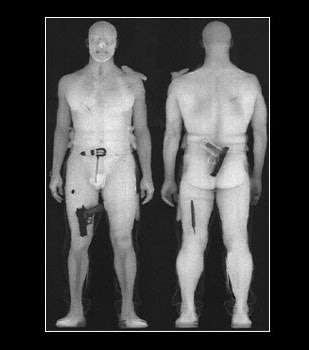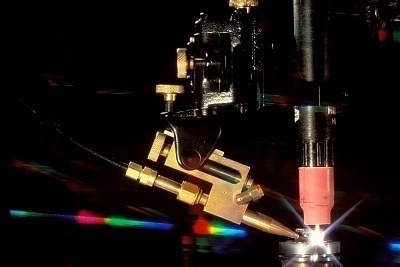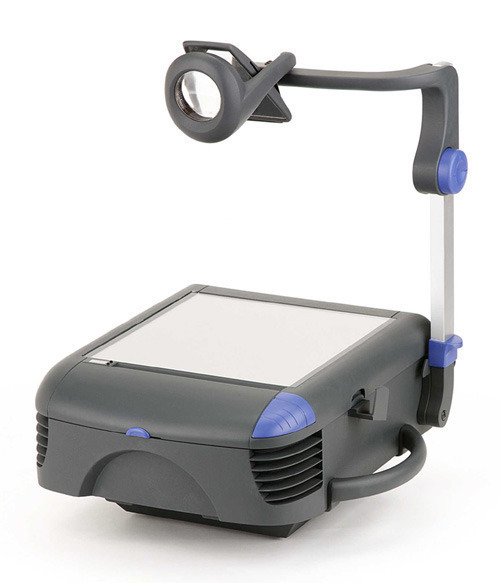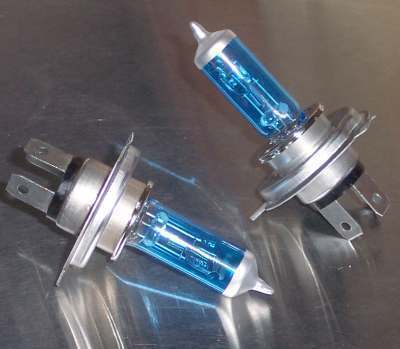Backscatter X-ray machines were built specifically for airport security. Backscatter X-ray technology can strip off a person’s clothing in the captured image to show him or her practically naked. In the process, it will show any contraband such as ceramic knives, liquid explosives or drugs that the person was carrying but were previously undetectable by metal detectors or conventional X-ray machines. The backscatter scanner can, therefore, see through clothes and provide photo-quality views of its subject.
Conventional X-Ray Technology
X-rays are usually seen as operating in this way: the machine sends an X-ray beam (actually a burst of high-energy light particles or photons) at an object or person; the X-rays penetrate the subject and the results are captured on X-ray films placed on the other side of the person or object being scanned.
This is what actually happens, however. Depending on the density and atomic properties of an object, X-rays will either pass through the object, be absorbed by it or scatter upon impact with the object. The X-ray machine has three detectors: one which captures the image created by low- and high-energy absorption of the photons or light particles; a second which filters out the low-energy images and a third which picks up the high- and pass-through energy particles.
A computer then contrasts the images from the first and third detectors to provide a clear, color-coded picture of the different types of materials on a person or object.
The problem with this is that organic materials (which are low-density) tend to scatter X-ray particles. Since the detectors on conventional X-ray machines are keyed to detecting the pattern of X-ray absorption, organics do not show up well. Also, conventional X-rays seldom show the detail of soft or organic objects.
Backscatter X-Ray Technology
A backscatter X-ray, as its name implies, captures images created when objects or materials, especially organics, scatter X-ray photons. Items that are low on the periodic table (such as hydrogen, carbon and lithium) have a more powerful scattering effect on photons; higher-level periodic table elements (e.g. metals and the like) absorb more photons (and thus, have less scatter effects). A computer then measures, correlates and produces an image of the person or object scanned.
Backscatter images are photo-like in nature, making interpretation of the images quickly, and easily. Conventional X-ray images, on the other hand, are often blurry and difficult to interpret. In fact, product literature on backscatter X-ray machines use an image of a woman rendered without outer- or under-clothes as an example of what backscatter technology can do.
Privacy Concerns
It is this capability of backscatter machines to strip away the outer clothing layers of a person which have created anxiety among many civil liberties groups and concerned citizens who claim that such machines provide security people with a free peep show of airline passengers and thus constitute an invasion of privacy.
Backscatter machines were at first used primarily for scanning luggage, trailers and other objects shipped to the United States, but in recent years they are also used in so called Full Body Scanners to scan people, causing a widespread controversy.




branch
This article is a bit outdated. Backscatters are now being used as primary screening in US airports, privacy issues were jettisoned.
memenode
You’re right unfortunately. I updated the ending of the article. Thanks.
Gabriella
Hi
I was wondering if you knew how much one of these machines cost?
memenode
I tried to google it and am very disappointed to find the price mentioned nowhere, not on the wikipedia page, not even on WeWontFly.org (a campaign against TSA using these machines). At best you can find a vague millions figure about what the government invested into this program.
But whatever the price is it’s probably too high for an average person, and probably pretty useless too.